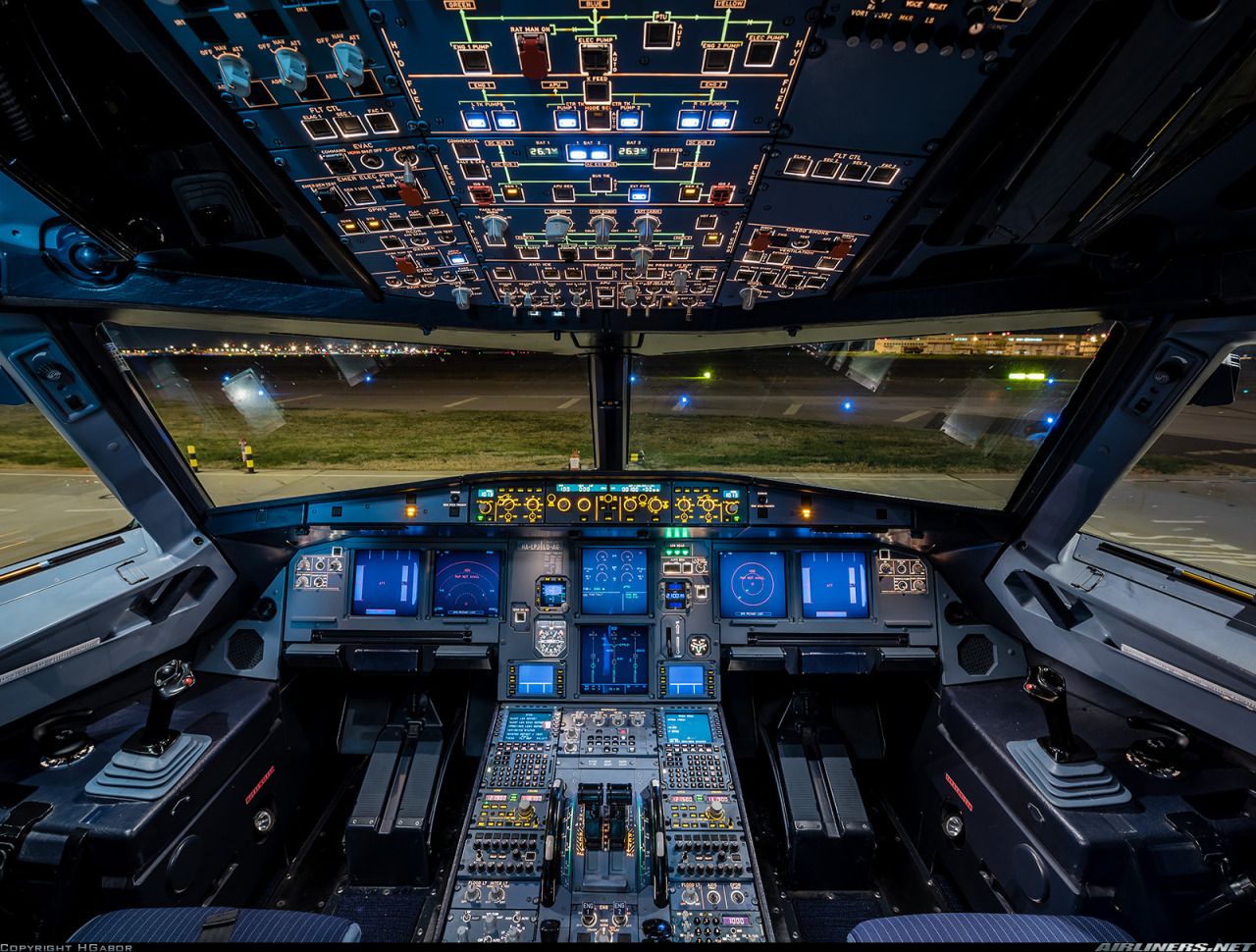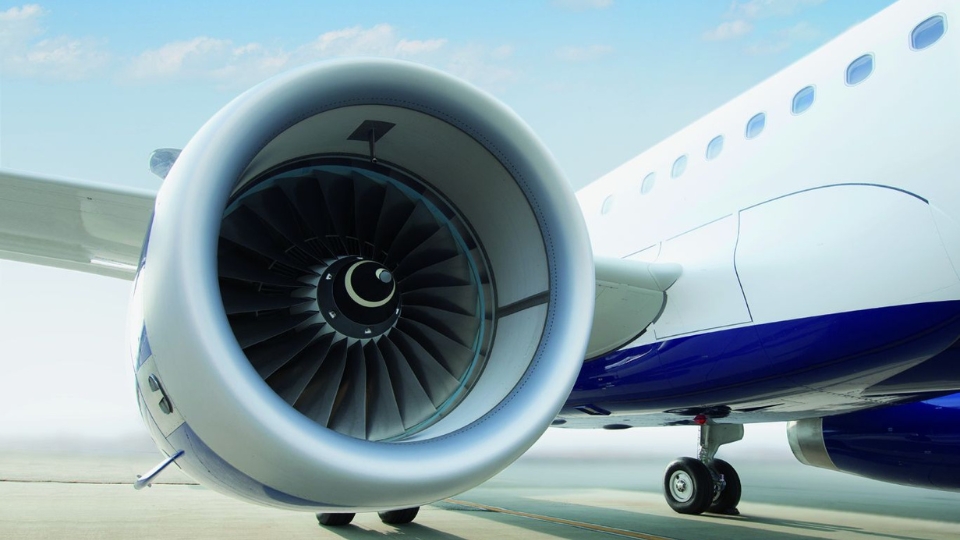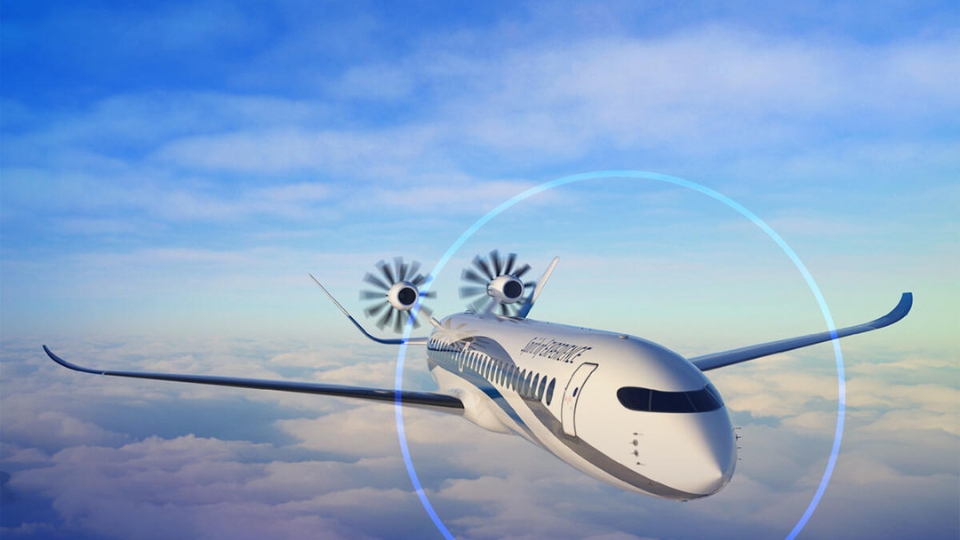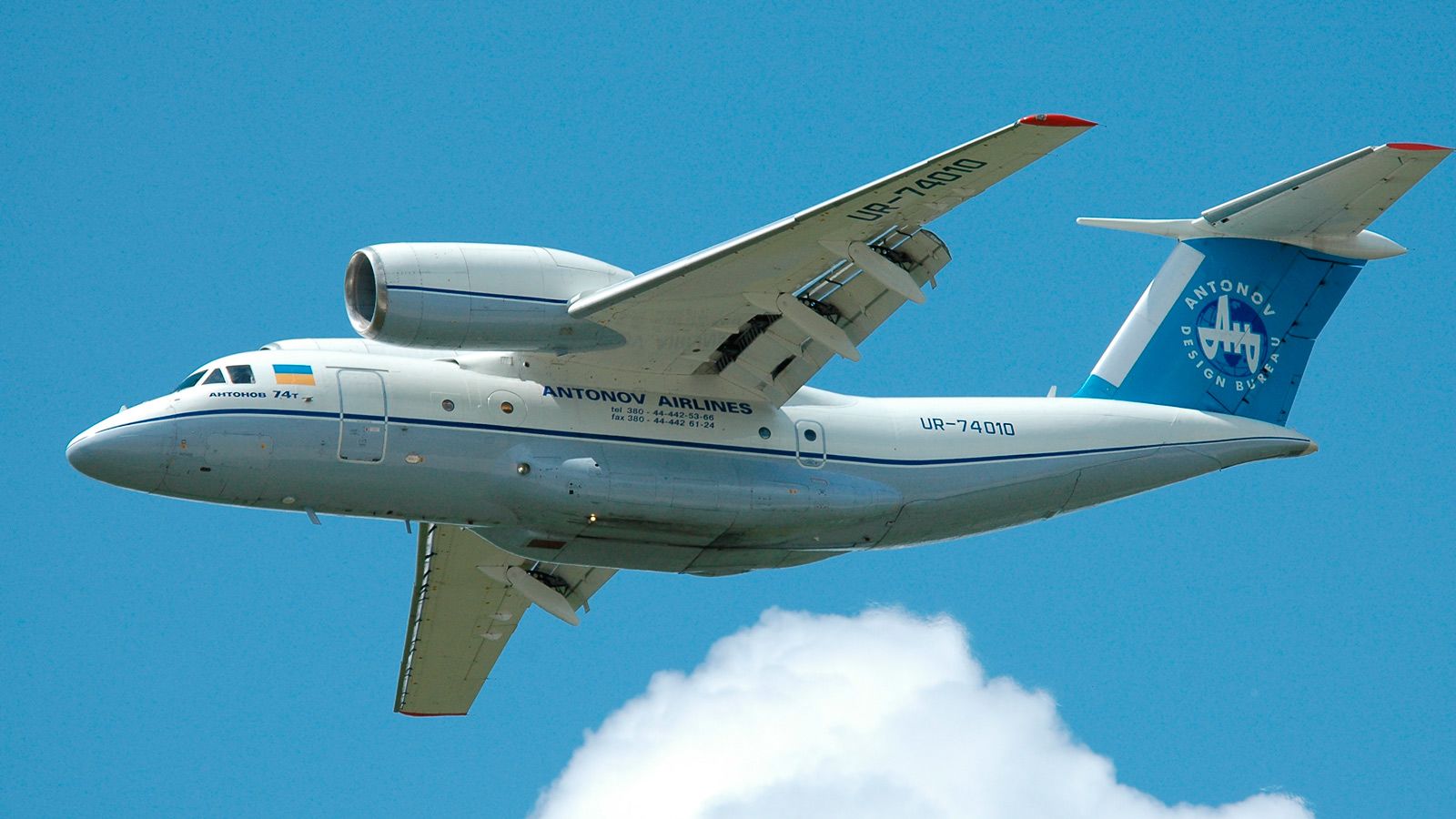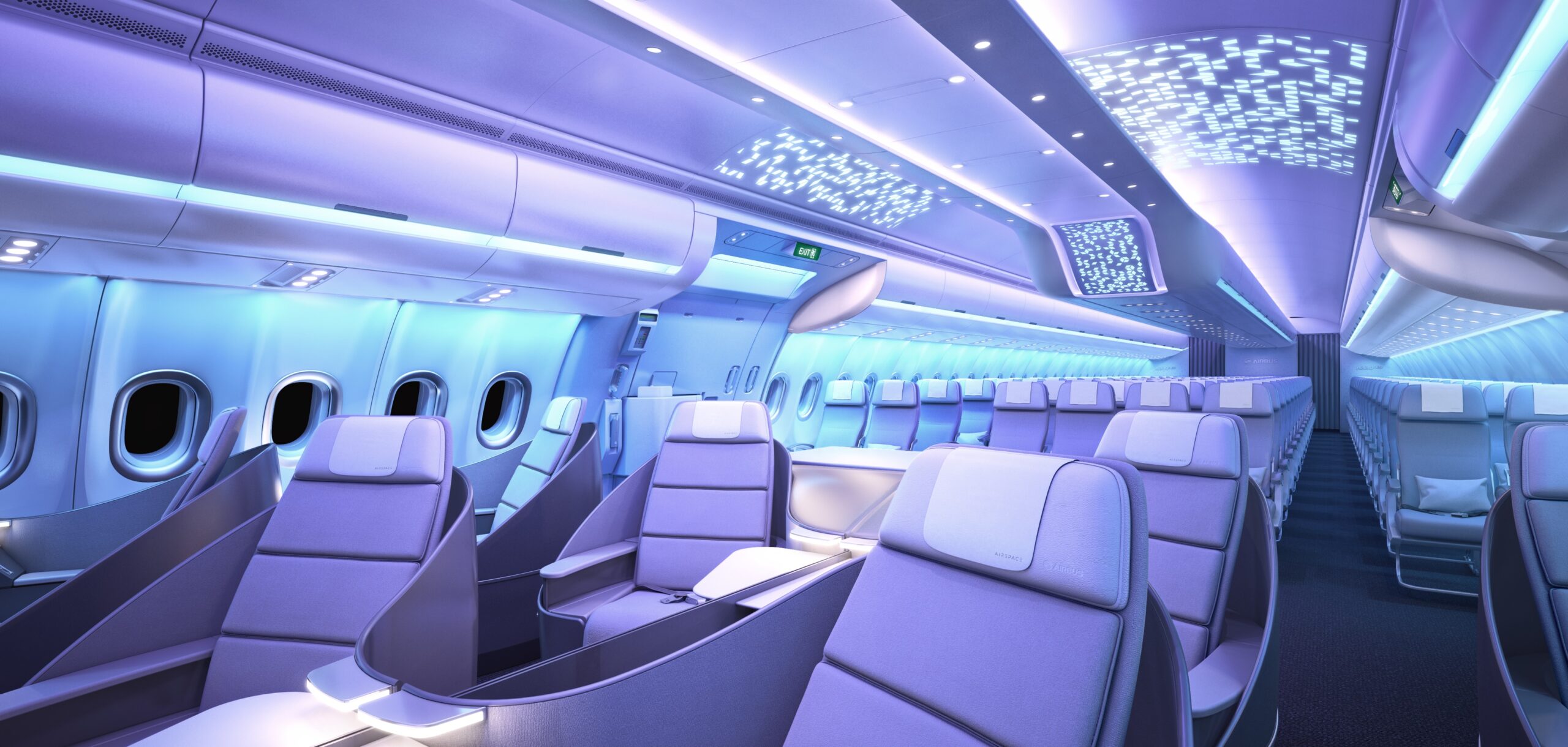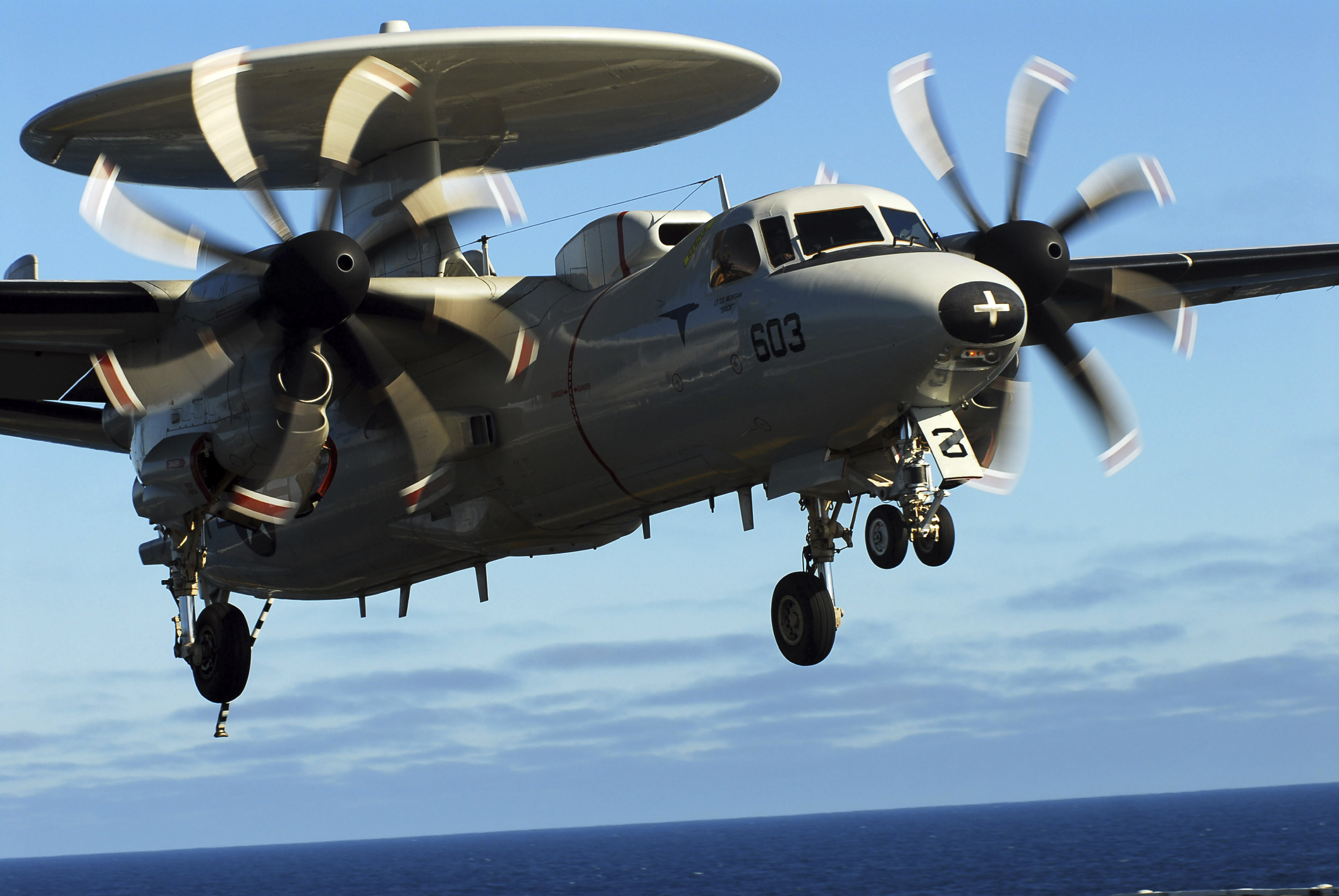The cockpit is the heart of any aircraft. It is where pilots control the plane, monitor critical systems, and ensure safe operation throughout every flight. Modern aircraft have complex systems that work together seamlessly, allowing pilots to focus on navigation, communication, and passenger safety. Understanding these systems provides insight into how planes operate efficiently and safely.
Flight Control Systems
Flight control systems are essential for maneuvering an aircraft. Pilots use control yokes or sticks to operate ailerons, elevators, and rudders. These surfaces adjust the aircraft’s pitch, roll, and yaw. Modern planes also use fly-by-wire technology, which replaces traditional mechanical linkages with electronic signals. Fly-by-wire systems improve precision, reduce weight, and allow automatic adjustments for stability and safety.
Autopilot systems are part of the flight controls. They can handle everything from cruising at a set altitude to executing precise approaches and landings. Pilots can override autopilot at any time, but it greatly reduces workload during long flights.
Navigation and Communication Systems
Navigation systems guide pilots safely from takeoff to landing. Global Positioning System (GPS) technology, inertial navigation systems (INS), and flight management computers work together to provide real-time positioning. Pilots receive data on speed, altitude, heading, and route.
Communication systems keep pilots in constant contact with air traffic control and other aircraft. Radios, satellite communication, and transponders transmit vital information. These systems ensure coordination and safety, especially in crowded airspace.
Engine and Fuel Systems
Engines provide the thrust needed for flight, and pilots monitor them closely from the cockpit. Modern jet engines include digital displays showing fuel flow, temperature, and performance metrics. Engine management systems help optimize efficiency and prevent malfunctions.
Fuel systems are also complex. Pilots manage fuel tanks, pumps, and transfer systems to maintain balance and range. Advanced aircraft can calculate fuel needs automatically, ensuring that there is enough for the planned flight plus reserves.
Electrical and Hydraulic Systems
Aircraft rely on electrical systems to power lights, avionics, instruments, and auxiliary devices. Backup generators and batteries ensure continuous operation if the main system fails.
Hydraulic systems control powerful components such as landing gear, brakes, and flaps. These systems transmit force efficiently, allowing pilots to operate heavy mechanisms with minimal effort. Monitoring these systems in the cockpit is vital to maintaining safety during flight operations.
Environmental and Safety Systems
Cabin pressure, air conditioning, and oxygen supply are controlled from the cockpit. Pilots can adjust environmental systems to maintain passenger comfort and safety at high altitudes.
Safety systems include fire detection, smoke alarms, and emergency alerts. Pilots receive warnings immediately if any parameter goes out of safe range. This allows quick decision-making to prevent accidents.
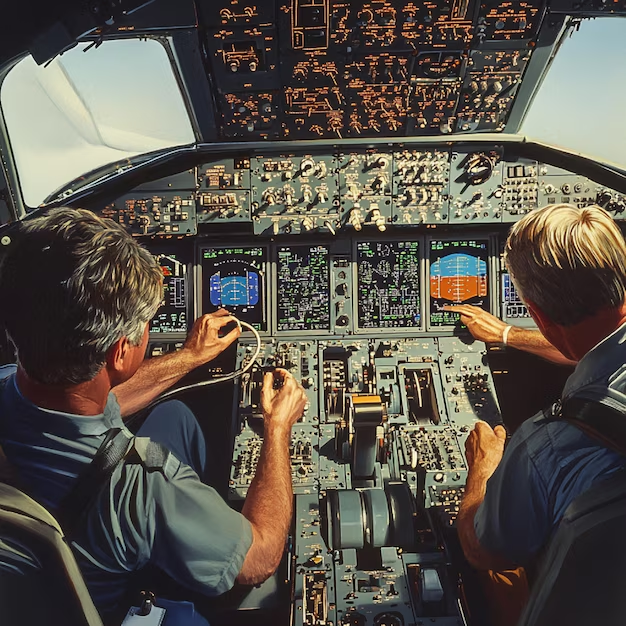
Inside the Cockpit: Understanding Aircraft Systems
Advanced Cockpit Technology
Modern cockpits use integrated glass displays instead of traditional analog instruments. Multi-function displays (MFDs) combine flight data, navigation, weather, and engine monitoring into one interface. Touchscreen panels and heads-up displays (HUDs) further improve situational awareness.
Data-link technology also allows pilots to receive weather updates, air traffic instructions, and performance data in real time. These innovations reduce workload and improve flight safety.
Conclusion
The cockpit is more than just a pilot’s workspace; it is the central hub of aircraft operation. Flight controls, navigation systems, engines, hydraulics, and safety mechanisms work together to ensure safe and efficient travel. Understanding these systems provides a clear picture of the complexity and precision required in aviation. Modern technology continues to enhance cockpit functionality, making flying safer, more efficient, and more reliable than ever.

